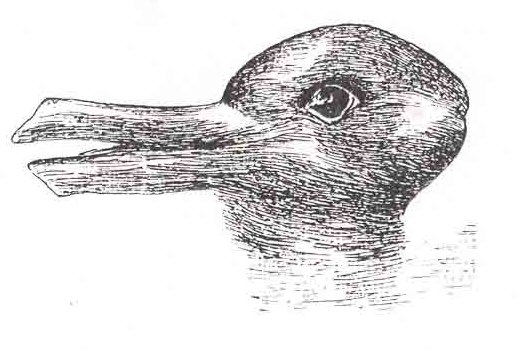Considering Every Perspective
Hypothesis: Is it important to examine all angles of a situation when decision-making?
Decision-making is a conflict that everybody deals with almost everyday of their lives. The struggle of right and wrong, good and bad, how to, which way? -- Many questions overflow the mind on a daily basis; but how do you answer them? Does the answer immediately roll off your tongue, or do you take time to figure out the "right" choice? Is there a consequence for the "wrong" choice? Is there a reward for choosing one path over another? Do you really have a choice at all? There are many factors that typically play a role when attempting to make a decision.
I don't believe that there is one correct answer to this question. I believe it differs with the individual, and of course the circumstance. If there is an important choice to be made, I think that one would naturally take more time to reach a decision; that is if the situation wasn't life-threatening, dependent on time (i.e, car accidents, shootings etc). Based on my research, I found that there is a process in which the brain goes through. A various number of factors may influence your choice, and when making a decision on the spot, the steps might get overlooked or blurred. There are psychological factors, environmental influences, group influences and the marketing factor. Once one expands his/her horizon, and becomes mentally aware of the situation at hand, clarity becomes in close reach. Awareness is the key to making a great decision.
Is it important to examine all angles before making a decision? For a great decision, a memorable one, yes. Would you ever consider taking a ride in a Hot-Air balloon? I know that there was a time when I wouldn't. There are many parts of this experience that many individuals are unaware of; instinctual factors that may have them jump to a conclusion, possibly pushing them away. My first thought, as many might agree, "Why would I ever want to be cramped in a basket, up in the air with no way out?" I thought I'd feel trapped and anxious; however, there are others that may look at it as adventurous and beautiful, as a free bird overlooking the world. These were the psychological factors holding me back. My family was my group influence, pushing me to try something new. I was stuck in-between decisions, Should I? or Should I not? Am I afraid of heights? Can I overcome my fears? But once I took myself out of the situation and acted as a bystander, I found it easier to decide what I wanted to do. Close up, the balloon was bigger than I've ever imagined. There were many parts of the balloon experience that I've never considered. The inside was so aesthetically pleasing; I felt as if I was standing in a tunnel, solely wanting to get to the sun on the other side. Once the fire was lit, the balloon began to fill with air; my eagerness rose with the balloon. I watched as the staff tinkered with the propane tanks, many strings and making sure that every individual had an experience that was safe and satisfying -- I was intrigued. The environmental factors and marketing influence pushed my pros list to rise high above the cons.
Six of us had climbed up and over into the basket, and patiently waited to take off. As we had risen above the ground, the sight of all the other balloons was unbelievable, like nothing I've ever seen before. The fear had escaped me as we were gliding through the air, and I was filled with an astonishing feeling of warmth and confidence. Residents waved from the houses below, and we got to see the world from a new perspective. It was much different than flying in an airplane, for the mere reason that we weren't looking through a window and that we could feel the breeze
On the way back down, we went through a rough patch. We bumped up, then down through trees and branches, avoiding wires. We landed in a front lawn; families came out, surrounding us and helped us out of the balloon. It was truly a great experience, and I wouldn't have had the chance to share it if I had made a half-fast decision, without taking all factors into consideration. I am sure that many others have had similar experiences, making an unforgettable decision. Decisions mold your life, and life is what you make out of it.




